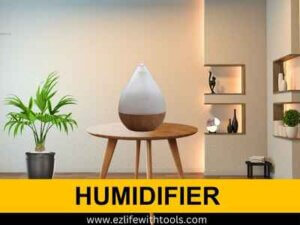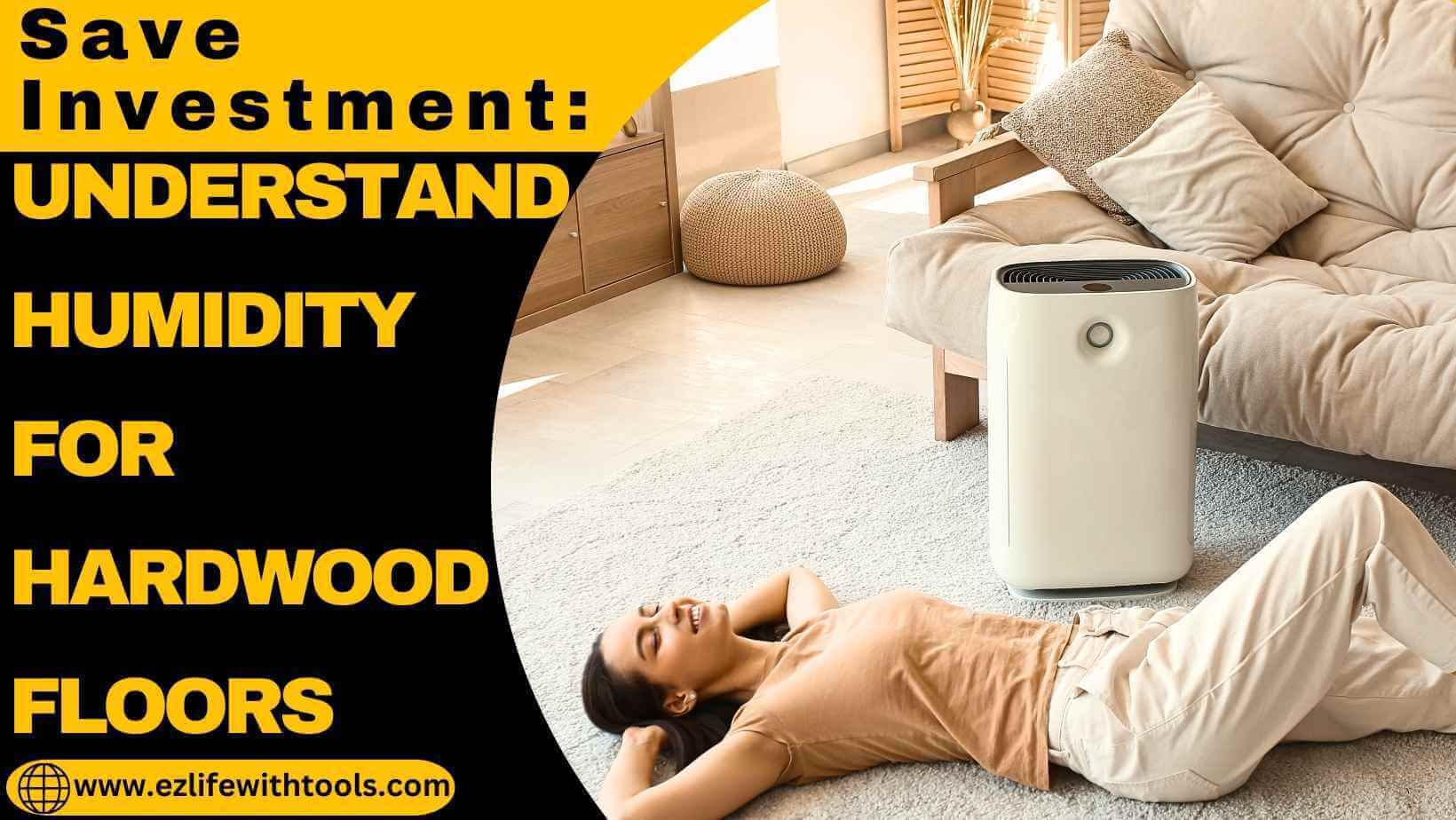Hardwood floors are a beautiful investment, but to maintain optimal performance and protect them, understanding how humidity impacts wood is crucial. Wood is a porous material that responds to changes in moisture.
understanding how humidity impacts wood is crucial. Wood is a porous material that responds to changes in moisture.
In high humidity, it expands, while in low humidity or dry conditions, it contracts. This natural reaction can lead to occasional cupping or even permanent damage if not properly managed.
People in Colorado know how dry winters can be, with the chill affecting not just skin and chapped lips, but also wood floors, furniture, and instruments. Balmy summers and cold winters make adjustments in the home’s air quality essential.
Coloradoans are fortunate to enjoy sunshine, snow, and a unique climate that combines both warm and cold weather. However, this also means facing the driest time of the year during winter. The nature of wood means it thrives in a higher relative humidity level. Experts share tips like using a humidifier during cold months to maintain comfort and help prevent respiratory problems.
By ensuring homes are sufficiently humidified, you not only protect your hardwood floors but also appreciate their lasting beauty while enjoying your investments in both comfort products and furniture.
The Ideal Temperature for Hardwood Floors
Hardwood floors are made of living wood, which means they respond to changing temperatures and humidity levels. These changes affect the moisture content in the floorboards, which can lead to damage if not properly managed.
In hot summer months, higher humidity makes wood absorb more moisture, while cold weather in winter causes the air to become dry, making the floorboards shrink or even crack. To preserve the structurally stable nature of hardwood and prevent splits or breaks, it’s crucial to maintain a consistent indoor temperature range between 65 and 75 degrees.
Manufacturers recommend keeping humidity between 60 and 80 to ensure your home environment stays balanced. This helps maintain the lifespan of different species of flooring like oak, walnut, bamboo, and mahogany.
These materials require correct conditions as set by warranty and business standards. Engineered and laminate floors also benefit from these numbers, making them more stable and able to withstand yearly weather variations. Ensuring consistent indoor heat in spring or summer helps prevent the floor from becoming too dry, protecting your investment from split or crack issues.
Wood Flooring and the Cold Season
In areas with four seasons, wood floors can struggle during winter as the cold air causes them to lose moisture. Without enough humidity, the floorboards can start contracting, leading to splitting or even breaking. Homeowners often notice this issue when the air is too low in moisture. To keep wood floors comfortable and stable, using a humidifier helps maintain the right balance, while a heater can be carefully managed to avoid overly dry conditions that remove essential moisture and leave floors affected.
Wood Flooring and Warm Temperatures
In a hotter climate, wood floors face the risk of expanding and warping due to high humidity levels. This can lead to extensive damage if not managed properly. During summer or when taking a vacation, using an air conditioner (AC) helps maintain a correct temperature and keeps the floors intact and healthy. Ensuring the humidity levels are balanced with the AC running can prevent long-term issues and preserve the wood’s quality over time.
The Ideal Humidity Range for Hardwood Floors
To keep hardwood floors in top condition, maintaining an ideal humidity level between 35 to 55 percent is key. Whether you live in a dryer or more humid climate, this balance helps your floor remain stronger and healthier over time.
For new installations, it is crucial to ensure the environment is maintained for at least seven days so that the flooring adjusts properly. Regular checks and adjustments will help look after your floors and prevent potential issues that change over time in your home.
Low Humidity and How It Affects Wood Flooring
When humidity levels plummet in cold weather, dry air fills your home and can lead to discomfort for both skin and sinuses. More importantly, wood floors start to react to the climate change by losing moisture, which causes them to shrink. This often results in cracking, popping noises, and gaps appearing at the sides and ends of the planks.
Extended periods of exposure to dry air can lead to permanent damage. To prevent these issues, consider using a humidifier to keep the space more comfortable, ensuring the wood retains enough moisture and stays securely together.
High Humidity and Its Effects on Wood Flooring
While Colorado has humidity that often averages between 20 to 25 percent, which is considered low, in places with higher humidity levels, wood floors can face serious issues. When the air holds more water, the planks can expand beyond their normal size, leading to crushed edges and potential permanent damage. If not managed properly, this can create gaps between boards and even cause the floor to buckle.
To keep your home or business safe, it’s important to use a humidifier or other measures to maintain the range of acceptable humidity levels and act accordingly to prevent long-term problems.
Effects of Humidity on Hardwood Floors
Humidity levels play a big role in the health of hardwood floors. When levels are too high, wood fibers can absorb excess moisture from the air, causing the floorboards to swell and lose their rigidity. Excessive exposure over time may lead to serious damage, like rot that could spread to walls or even the foundation.
On the other hand, in dry climates, low humidity makes the wood shrink, becoming brittle and prone to cracks. Maintaining an ideal condition with proper temperature helps prevent these side effects and ensures your floors stay in good shape.
Opening of Seams in Wood Flooring
During winter, when heat in the home dries out the air, the moisture content of floorboards drops to low levels, causing them to shrink. This can make the once invisible seams between the planks more visible and even open up, disrupting the flat look of the floor. If your floorboards are old or poorly installed, this issue can become worse, and the gaps might be harder to clean.
Even though it might seem like a small problem, these openings can collect bad debris and make maintaining your floor more difficult. Keeping humidity levels balanced can help avoid these issues and keep your flooring in good shape.
Buckling Issues in Hardwood Floors
Buckling can happen when floorboards are exposed to excessive moisture, such as from flooding or standing water. When wood absorbs too much moisture, it expands and may push vertically, causing the center of the plank to rise and even separate from the subfloor. This can lead to severely deformed boards or even crack them, making replacement the only solution.
In some cases, careful drying and resealing might be an option, but prevention is key to avoid this costly issue. Maintaining proper humidity can help keep your hardwood in top condition and prevent such damage.
Cupping and Crowning of Planks
Cupping and crowning are common symptoms that occur when floorboards react to changing moisture content. Cupping happens when moisture infiltration makes the wood expand and the edges of the planks curve upward, while crowning is when the center of the board rises and forms a hump.
These changes disrupt the wood’s equilibrium with the environment and can be difficult to fix. Sometimes, improper sanding can worsen unrelated issues, making the floor look worse. Keeping humidity balanced can help prevent these problems and maintain your hardwood’s natural look.
Deformation in Hardwood Planks
When wood experiences fluctuations in temperature and moisture content, it can warp and lose its original shape. These changes in the environment, especially when humidity levels are too high or low, can impact the structural integrity of the planks.
Over time, this repeated stress can cause significant issues, making it important to keep the temperature and humidity stable to prevent such deformation and maintain the floor’s durability.
How to Control Moisture and Temperature for Hardwood Floors
To regulate moisture and temperature for hardwood floors, understanding the importance of maintaining balanced levels is essential. Before installing, always measure the indoor conditions to ensure pre-installation equilibrium. This step helps keep the wood in its ideal state, reducing potential problems.
Some helpful tips include using a humidifier during dry months and an air conditioner in warmer times to keep the environment consistent. Keeping an eye on these factors will help maintain the health and look of your floors over time.
Ensuring Proper Humidity for Hardwood Floors
Mitigating relative humidity is very important for maintaining the health of your wood floor. To keep the moisture content in check, start by using a thermo-hygrometer, an instrument for measuring temperature and humidity levels. This helps estimate if your home environment is suitable for your floors. Having a whole-house humidifier attached to your furnace ensures consistent humidity control, and it’s essential to check that it’s working properly.
Consulting an NWFA Certified Professional or a Wood Floor Sales Advisor can also guide you in keeping your flooring in an appropriate climate. With these steps, your floors will not only look beautiful but will also last longer and keep you happy.
Get a Hygrometer for Your Hardwood Floors
A hygrometer is a device that measures the humidity levels in your home to help keep your hardwood floors in their optimal condition. These instruments come in various designs, from small digital versions to wall-mounted units, depending on your preference and budget. Prices can range from just a few bucks for low-budget models to a hundred or more for more advanced options.
in their optimal condition. These instruments come in various designs, from small digital versions to wall-mounted units, depending on your preference and budget. Prices can range from just a few bucks for low-budget models to a hundred or more for more advanced options.
Ensuring that the relative humidity stays between 35 to 55 percent prevents fluctuations that can damage your floors over the long-term. With accurate readings, you’ll quickly notice when the air becomes too dry or too humid and take action to control it. In areas like eastern Oklahoma, where humidity can vary, this device is essential for maintaining the right environment indoors.
Pay Attention During the Winter Months
In places with a humid subtropical climate like Tulsa, summers are normal and humid due to moisture from the Gulf of Mexico. However, winter is when wood floors face the most negative effects. As the weather becomes colder, heating systems and furnaces create dry air inside, which can cause damage to your floors.
The air in winter is naturally less humid, making floors more likely to dry out and shrink. Paying extra attention to maintaining humidity during this season helps prevent issues and keeps your floors in good condition.
Using Humidifiers for Better Humidity Control
In dry winter conditions, using a humidifier can be a great way to add moisture to the air and protect your wood floors. You can choose a small freestanding unit or a whole-home humidifier that connects to your HVAC system and works with your furnace blower for more effective coverage. This helps maintain consistent humidity levels, even when the temperature drops and the heater is running.
wood floors. You can choose a small freestanding unit or a whole-home humidifier that connects to your HVAC system and works with your furnace blower for more effective coverage. This helps maintain consistent humidity levels, even when the temperature drops and the heater is running.
In areas like the Southwest, investing in modern humidifiers with programmable settings makes sense, as they can automatically adjust the relative humidity.
As a bonus, these devices also help with respiratory comfort during the cold season.
Open the Windows on Mild Days
To keep humidity levels balanced for your wood floors, open the windows on mild days. This works well in springtime, summer, or fall when the weather is neither too hot nor cold. Letting in outside air helps prevent stagnant conditions that can trap excess moisture inside your home. This simple action can help freshen up your living space and improve airflow without relying solely on AC.
However, avoid opening windows during a storm to prevent saturating the air. This practice is effective for maintaining a comfortable environment and protecting your floors.
Use a Dehumidifier for Your Wood Floors?
While humidifiers are recommended for adding moisture to dry air, a dehumidifier can be very helpful during muggiest periods in places like Tulsa, where heavy rain and fog can push humidity levels to 80 percent or more for a couple of days. In such wet areas, using a dehumidifier is a good idea to pull excess moisture from the air.
muggiest periods in places like Tulsa, where heavy rain and fog can push humidity levels to 80 percent or more for a couple of days. In such wet areas, using a dehumidifier is a good idea to pull excess moisture from the air.
Modern units can be set to automatically turn on when humidity exceeds the desired level, which keeps your wood floors protected from expansion and unwanted gaps. This helps maintain the floor intact and eliminate problems caused by excessive moisture.
Clean Liquids Quickly
Liquid spills are common and can lead to floorboard deformation if not handled properly. It’s important to clean them immediately to prevent standing water from seeping into the wood. Remove any excess moisture quickly and use a fan to help dry the affected area. Being diligent with spills can stop potential damage and keep your floors in good shape.
Use Only Approved Cleaning Solutions
To keep your flooring in top shape, always follow the guidelines set by manufacturers for cleaning and maintenance. Using the right products and solutions ensures the finish stays protected over time. These approved treatments are specially designed to work with your floor’s particular type and finish, preventing damage.
Avoid using unapproved tools or cleaners that could strip or harm the surface, and stick to what the manufacturer recommends for lasting protection.
Keep Your HVAC System in Good Condition
Your (HVAC) Heating, Ventilation and Air Conditioning system plays an integral role in maintaining the right environment for your wooden floors. Regular service and maintenance help ensure that the air conditioner and heating units work properly, preventing excess moisture or dryness.
This is especially important during a heatwave or in changing seasons to help regulate the air inside your home or office. Tasks like cleaning filters and coils reduce build-up and prevent mold from forming, which could impact your floors. Keeping your HVAC in strong working condition helps your floors hold their shape and stay in good condition over time.
Additional Tip for Hardwood Floor Care
In climates with wide temperature ranges and changing conditions, choosing the right flooring options can make a difference. For added stability in cold weather or varying humidity, consider engineered hardwood. It is made of multiple layers, including a core of plywood or fiberboard, topped with a veneer that acts as a protective barrier.
This structure helps the floor expand and contract more efficiently, preventing damage as it absorbs and loses moisture. Ensuring proper installation and using preventive measures like consulting trusted professionals can help prevent issues and keep your wood floors in good shape.
Importance of Maintaining Home Humidity Levels
Many people are already familiar with the benefits of humidifying their homes during the winter months to help prevent respiratory problems, but it’s also important for your wood floors. Maintaining the right humidity level—ideally between 25 to 40 percent—is one of the key aspects to protect your floors from shrinking and gapping.
According to the National Wood Flooring Association, in places like Colorado, where the air can be very dry and arid, using a whole-house humidifier or one connected to your furnace can make a difference. Moisture control helps keep your floors from reacting too much to low indoor humidity, which can lead to cracking or creaking.
Because wood is hygroscopic, it absorbs and reacts to the environment around it. Ensuring continual balance year-round will help prevent these issues and protect your investment.
Consequences of Skipping Humidity Maintenance
It’s important to know that if you neglect proper humidity control in your home, you could face serious issues with your wood flooring. Manufacturers and contractors often require homeowners to maintain the right relative humidity—typically between 25 to 40 percent—to keep the warranty valid.
Failing to do so can lead to damage, like boards shrinking and creating gaps. This can cost more in repairs than paying attention to humidity from the start. Proper tools to measure and estimate conditions, along with conditioning and the right oil finishes, can help protect your investment and avoid long-term problems.
Final Thoughts
To keep your flooring in great shape, it’s crucial to ensure the materials are properly acclimated and the moisture content is checked before being installed over a subfloor like plywood or OSB. In Colorado, where the air can be very dry, using a whole-house humidifier in good working condition helps maintain the appropriate range of relative humidity.
This step will protect your investment and avoid costly damage to your home. Keeping your floors well-maintained contributes to your future assets and makes your family more comfortable.
Make sure to regularly measure humidity and, when needed, visit a professional like Artistic Floors by Design for advice and care.

